Student achievement deserves celebration that matches its significance—recognition that genuinely honors effort, inspires peers, and creates lasting pride throughout school communities. Yet many schools struggle to showcase accomplishments effectively, relying on outdated bulletin boards that fade into backgrounds, trophy cases bursting at capacity, or brief announcements students barely notice. The most impactful schools transform achievement recognition from afterthought into cultural cornerstone through strategic, comprehensive showcase approaches that leverage both proven traditional methods and innovative digital solutions.
Effective achievement showcasing extends far beyond simply displaying names on walls. Strategic recognition validates student effort, reinforces behaviors and values schools want to cultivate, creates aspirational role models for peers, strengthens connections between students and their schools, builds the positive culture essential for learning, preserves institutional memory across generations, and engages families and communities in celebrating excellence. When schools showcase achievement thoughtfully and consistently, recognition becomes woven into institutional identity rather than existing as isolated events.
Whether establishing recognition programs from scratch, revitalizing existing systems that feel stale, or exploring modern digital platforms that transform showcase capabilities, this guide provides evidence-based approaches that help schools create recognition cultures where every student feels valued and every achievement receives appropriate celebration.
Understanding What Makes Achievement Recognition Effective
Before implementing specific showcase strategies, understanding recognition psychology ensures your efforts create genuine motivational impact rather than empty gestures students dismiss or overlook.
The Psychology of Recognition and Motivation
Educational research consistently demonstrates that meaningful recognition significantly influences student behavior, achievement, and engagement when implemented according to evidence-based principles.
Specificity Creates Impact
Generic praise like “great job” carries minimal motivational power compared to specific recognition identifying exactly what students accomplished and why it matters. Effective recognition describes the specific achievement clearly, explains its significance to the student and community, acknowledges the skills, effort, or character demonstrated, and connects the accomplishment to larger educational goals or institutional values. When recognition feels authentic and detailed, students understand exactly what behaviors or achievements warrant celebration, creating clear pathways they can pursue.
Timeliness Amplifies Effectiveness
Recognition delivered immediately after achievements occur carries exponentially greater impact than delayed acknowledgment weeks or months later. The closer recognition comes to the achievement moment, the stronger the connection between effort and reward, the more authentic the acknowledgment feels to students, and the greater the motivational effect on continued pursuit of excellence. Modern digital recognition systems enable real-time acknowledgment impossible with traditional approaches requiring physical production and installation.

Public Recognition Serves Multiple Purposes
While some students prefer private acknowledgment, public recognition serves important functions beyond individual validation. Public celebration communicates institutional values showing what schools genuinely prize, creates social normsinfluencing what students aspire to achieve, provides role models demonstrating pathways to success, builds collective pride strengthening school identity, and engages families and communities in celebrating student success. The key is providing both public celebration and private acknowledgment options respecting different student preferences and cultural backgrounds.
Diverse Recognition Prevents Narrowness
When recognition focuses exclusively on limited achievement types—typically only athletic championships or top academic honors—schools implicitly devalue other accomplishments and discourage students from pursuing activities receiving minimal recognition. Comprehensive showcase strategies celebrate diverse excellence across academics, athletics, arts, character, service, leadership, and other domains that demonstrate student growth and contribution. This breadth ensures all students see achievable pathways to recognition regardless of their particular talents or circumstances.
Types of Achievement Deserving Showcase
Strategic recognition honors the full spectrum of student accomplishment rather than narrow definitions of success.
Academic Excellence and Scholarly Achievement
Traditional academic honors including honor roll recognition, subject-specific excellence, academic competition success, research and project achievements, scholarship recipients, and advanced course completion all deserve prominent celebration demonstrating that intellectual accomplishment receives acknowledgment equal to other achievement types.
Growth and Improvement Recognition
Significant progress and development—even when absolute achievement levels remain moderate—merit celebration alongside peak performance. Improvement recognition proves particularly meaningful for students overcoming learning challenges, recovering from previous struggles, or developing skills from lower starting points, creating recognition opportunities for students who might never achieve highest absolute performance levels but demonstrate remarkable growth through sustained effort.
Character, Integrity, and Citizenship
Demonstration of values like integrity, responsibility, respect, kindness, courage, perseverance, and ethical behavior deserves emphasis equal to academic achievement. Character recognition helps schools shape not just what students know but who they become as people, preparing students for life beyond graduation by validating qualities enabling personal and professional success.

Leadership and Service Contributions
Taking initiative, organizing others toward positive goals, accepting responsibility, mentoring peers, volunteering time and energy, and positively influencing school culture all represent meaningful achievements worthy of showcase. Leadership and service recognition validates students who contribute to collective success beyond individual accomplishment.
Arts, Athletics, and Extracurricular Success
Excellence in performing arts, visual arts, creative writing, competitive athletics, clubs and organizations, and other extracurricular pursuits demonstrates talents and dedication deserving celebration alongside academic achievement. Comprehensive recognition ensures students with diverse talents receive acknowledgment for their particular forms of excellence.
Traditional Showcase Strategies That Remain Effective
Certain recognition approaches have proven effective across decades because they address fundamental human needs for acknowledgment, belonging, and celebration.
Physical Displays and Recognition Spaces
Visible displays throughout school facilities ensure achievements receive ongoing attention beyond brief ceremony moments.
Trophy Cases and Award Displays
Traditional trophy cases remain valuable when properly maintained and thoughtfully designed. Effective trophy displays feature clear organization by achievement type or year ensuring logical presentation, prominent placement in high-traffic areas maximizing visibility, quality lighting highlighting displayed items appropriately, regular rotation preventing stagnation as new achievements occur, and informative labeling providing context explaining each achievement’s significance.
However, trophy cases face inherent limitations including finite capacity forcing difficult decisions about what deserves display space, inability to include achievements lacking physical awards, and static presentation providing minimal engagement beyond passive viewing. Many schools appreciate traditional aesthetics but find that space constraints eventually require difficult compromises.
Recognition Walls and Plaque Displays
Dedicated wall space honoring achievements creates permanent institutional recognition through individual name plates, achievement categories organized logically, and professional design reflecting the importance schools place on recognition. Recognition walls effectively celebrate accomplishments when they include multiple achievement categories ensuring comprehensive representation rather than narrow focus, professional design and installation reflecting institutional commitment, regular updates adding recent achievements maintaining relevance, accessible placement allowing easy viewing by students and visitors, and durable materials ensuring long-term preservation.
While traditional displays serve important purposes, many schools discover that digital recognition platforms solve fundamental limitations including space constraints, update difficulty, limited information capacity, and minimal engagement potential that physical displays cannot overcome.
Recognition Ceremonies and Events
Formal ceremonies create meaningful moments that honor achievements through structured celebration involving families, peers, and communities while building traditions that strengthen school identity.
Award Ceremony Best Practices
Effective ceremonies balance formality and engagement while maintaining focus on honorees. Well-designed ceremonies include personal remarks about each recipient rather than simply reading names, involve families through scheduling and invitation approaches encouraging attendance, feature peer audiences ensuring classmate recognition alongside adult acknowledgment, incorporate multimedia elements like photos and videos bringing achievements to life authentically, and maintain appropriate length respecting audience attention spans without rushing through recognition.
Schools implementing comprehensive student awards programs find that thoughtfully designed ceremonies amplify recognition impact by creating memorable experiences celebrating achievement in community contexts.
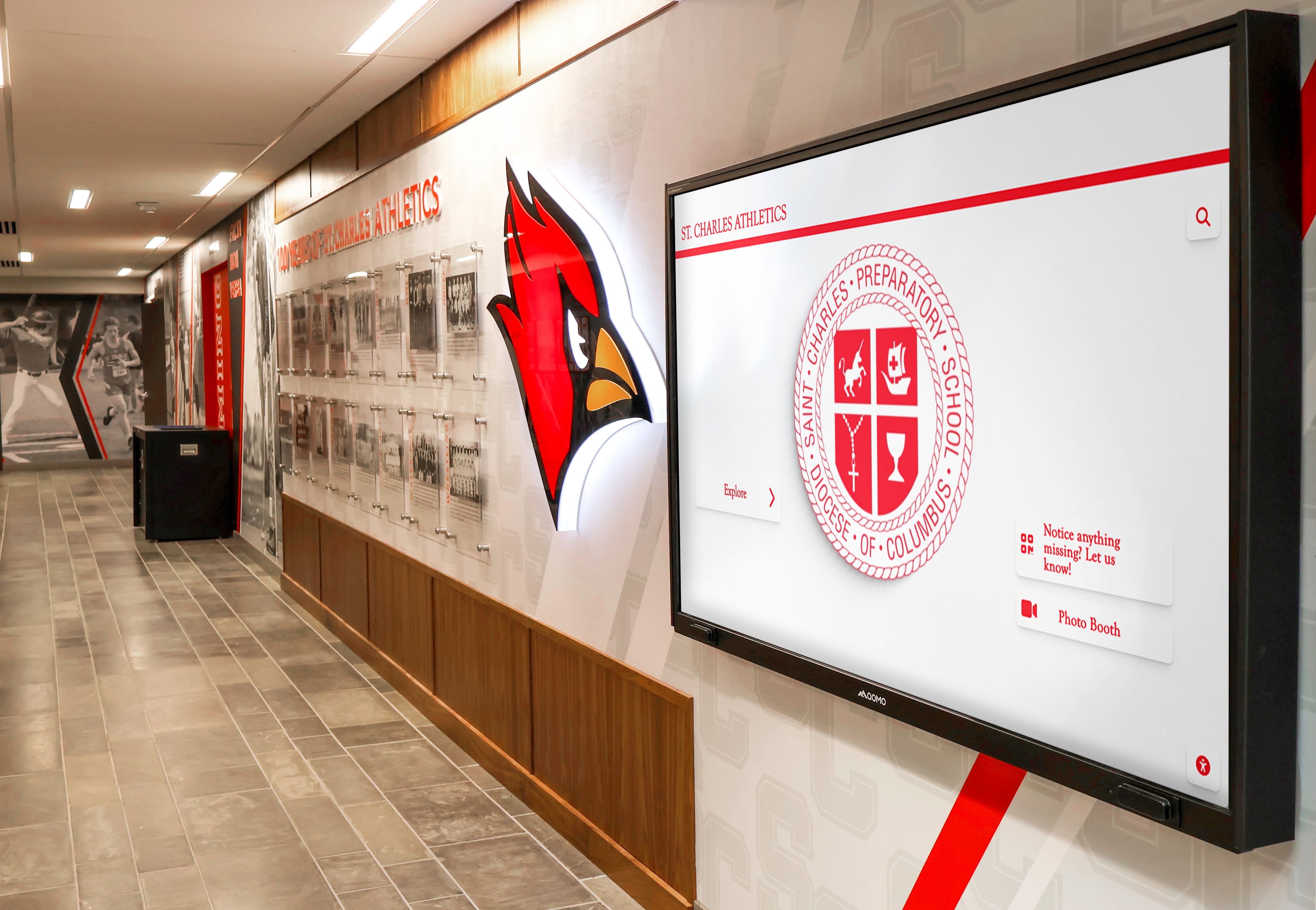
Diverse Ceremony Formats
Different achievements warrant different recognition formats. Consider comprehensive year-end ceremonies celebrating major annual awards and cumulative achievements, quarterly recognition assemblies honoring term-based accomplishments maintaining regular celebration rhythm, subject-specific departmental events focusing on particular achievement domains with relevant context, athletic banquets celebrating sports accomplishments within team contexts, arts showcases combining recognition with performance or exhibition elements demonstrating student work, and classroom-level celebrations acknowledging achievements within learning communities.
Student Voice and Participation
Student-led elements transform ceremonies from adult-directed events into authentic community celebrations. Incorporate student speakers sharing achievement stories and reflections on their journeys, student presenters announcing awards or introducing recipients creating peer-to-peer recognition, student performers providing entertainment elements, student committees helping plan and organize ceremonies ensuring relevance to student audiences, and student feedback mechanisms shaping future ceremony improvements based on honoree perspectives.
Modern Digital Strategies Transforming Achievement Showcase
Digital technology enables recognition strategies transcending traditional limitations while creating new possibilities for celebrating achievement comprehensively and engagingly.
Interactive Digital Recognition Displays
Touchscreen recognition systems transform passive wall displays into engaging exploration experiences students actively use rather than passively ignore.
Core Interactive Display Capabilities
Modern interactive displays enable intuitive touchscreen navigation allowing self-directed exploration at student pace, powerful search functionality finding specific students or achievements instantly without browsing through extensive lists, rich multimedia integration including photos, videos, audio, and comprehensive achievement profiles, unlimited capacity recognizing achievements without physical space constraints limiting celebration, easy content updates adding new recognition in real-time through cloud-based management, and comprehensive analytics measuring engagement patterns revealing which achievements resonate most strongly with viewers.
Interactive recognition boards create showcase experiences that resonate with digitally-native students while providing unprecedented flexibility for comprehensive celebration across all achievement types without space limitations forcing difficult prioritization choices.

Strategic Display Placement
Location determines visibility and usage patterns. Position interactive displays in main entrance lobbies where all students, families, and visitors pass daily providing maximum exposure, cafeteria common areas offering natural dwell time when students gather enabling extended exploration, athletic facility entrances accessed by teams regularly celebrating athletic accomplishments in relevant contexts, library media centers supporting academic achievement themes connecting recognition to learning environments, and performing arts centers celebrating creative accomplishments where artists practice and perform.
Compelling Content Development
Technology enables recognition but content creates impact. Develop comprehensive achievement profiles including professional photography showcasing students authentically, detailed achievement descriptions providing context and significance beyond bare facts, video interviews capturing student reflections and stories in their own voices, teacher or coach testimonials explaining achievement importance and student character, achievement timelines showing progression and growth over time, and related content connections introducing students to peer accomplishments they might otherwise never discover.
Online Recognition Platforms and Mobile Access
Web-based recognition extends acknowledgment beyond those who can physically visit school facilities, reaching families, alumni, and community members worldwide at any time.
Dedicated Recognition Websites
Schools establish online recognition platforms accessible to anyone with internet access worldwide. Effective online platforms include searchable databases enabling quick finding of specific individuals or achievements, filtered browsing by achievement type, graduation year, program, or other criteria, mobile-responsive design ensuring smartphone and tablet accessibility matching how students actually consume content, social sharing capabilities allowing achievement celebration across personal networks amplifying recognition reach, permanent archives preserving recognition indefinitely unlike physical displays requiring eventual removal, and alumni networking features connecting current students with graduates who share interests or career paths.
Integration with School Communication Channels
Recognition featured prominently across school communication platforms demonstrates institutional commitment. Integration includes dedicated recognition pages or website sections with clear navigation ensuring easy discovery, homepage features rotating highlighted achievements keeping recognition visible, news sections announcing recent accomplishments as they occur, photo galleries showcasing recognition events and ceremonies, video content bringing achievements to life through multimedia storytelling, and social media integration amplifying recognition across platforms where families and communities actively engage.
Social Media Recognition Strategies
Strategic social media use amplifies recognition while connecting school communities through shared celebration across digital platforms where students, families, and alumni actively participate.
Platform-Specific Recognition Approaches
Different social platforms serve different recognition purposes through their unique formats and audiences. Instagram excels at visual achievement celebration through photo posts with detailed captions telling achievement stories, story highlights preserving recognition beyond 24-hour limits in organized categories, and reels showcasing achievement moments through short video that engages younger audiences. Facebook effectively reaches parent and family audiences through detailed achievement posts with comprehensive information, photo albums documenting ceremonies and events, event promotion for recognition celebrations, and community group engagement fostering discussion and celebration among supporters.
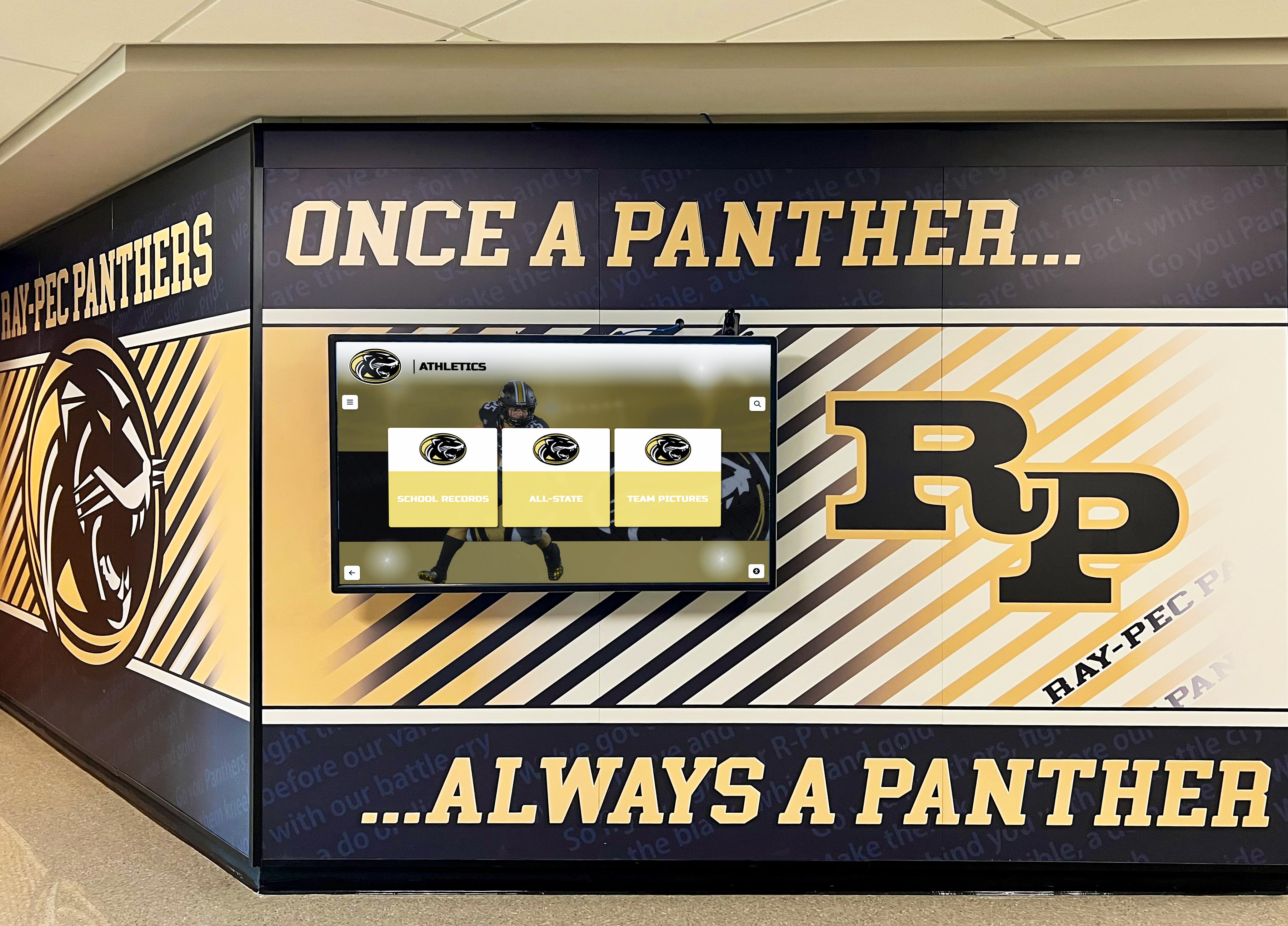
Social Media Best Practices
Effective social recognition maintains consistency through regular posting schedules keeping recognition visible throughout school communities, authentic voice that feels genuine rather than corporate or overly formal, student permission ensuring comfort with public sharing and respecting privacy preferences, family tagging enabling parents to easily share recognition with their networks, varied content types preventing feed monotony through photos, videos, graphics, and written content, and engagement encouragement through comments, likes, and shares building community celebration and conversation around achievements.
Student-Generated Content
Empowering students to contribute recognition content creates authentic peer-to-peer celebration that resonates more deeply than adult-created messaging alone. Student social media ambassadors can share peer achievements from student perspectives, student photographers capture achievement moments with authentic student voice, student writers craft achievement stories reflecting peer experiences, student editors curate recognition content ensuring relevance to student audiences, and student managers coordinate recognition campaigns creating sustained visibility for diverse achievements.
Recognition Program Categories Celebrating Diverse Achievement
Comprehensive recognition honors the full spectrum of student accomplishment rather than focusing narrowly on limited achievement types, ensuring all students see achievable pathways to celebration.
Academic Achievement Recognition
Intellectual excellence deserves prominent celebration demonstrating institutional commitment to learning and scholarship as schools’ core mission.
Traditional Academic Honors
Core academic recognition includes honor roll and dean’s list recognition by grading period celebrating consistent achievement, subject-specific excellence awards in individual disciplines recognizing specialized accomplishment, academic improvement awards celebrating significant growth regardless of absolute achievement levels, perfect attendance recognition acknowledging consistency and commitment, National Honor Society induction ceremonies, scholarship recipient celebration as students earn college funding, and competition achievements in Science Olympiad, Math League, debate tournaments, and other intellectual pursuits.
Schools implementing comprehensive academic recognition demonstrate that intellectual achievement receives celebration equal to athletic accomplishment, inspiring students across the full achievement spectrum and validating effort invested in learning.
Athletic Accomplishment Celebration
Sports achievements provide highly visible recognition opportunities building school pride while honoring dedication, teamwork, and competitive excellence.
Individual and Team Recognition
Honor individual excellence through varsity letter awards recognizing sustained participation and performance standards, all-conference and all-state selections celebrating elite achievement at competitive levels, record-breaking performances establishing new institutional benchmarks, milestone accomplishments like 1,000-point scorers representing sustained excellence, most valuable player and positional awards, college commitment celebrations honoring student-athletes continuing their careers, and sportsmanship recognition validating character alongside competitive success.
Celebrate collective success through championship banners and trophy display, team captains and leadership recognition, most improved team member awards, season highlight videos and photo collections preserving memorable moments, and end-of-season celebration events bringing teams and families together in recognition contexts.
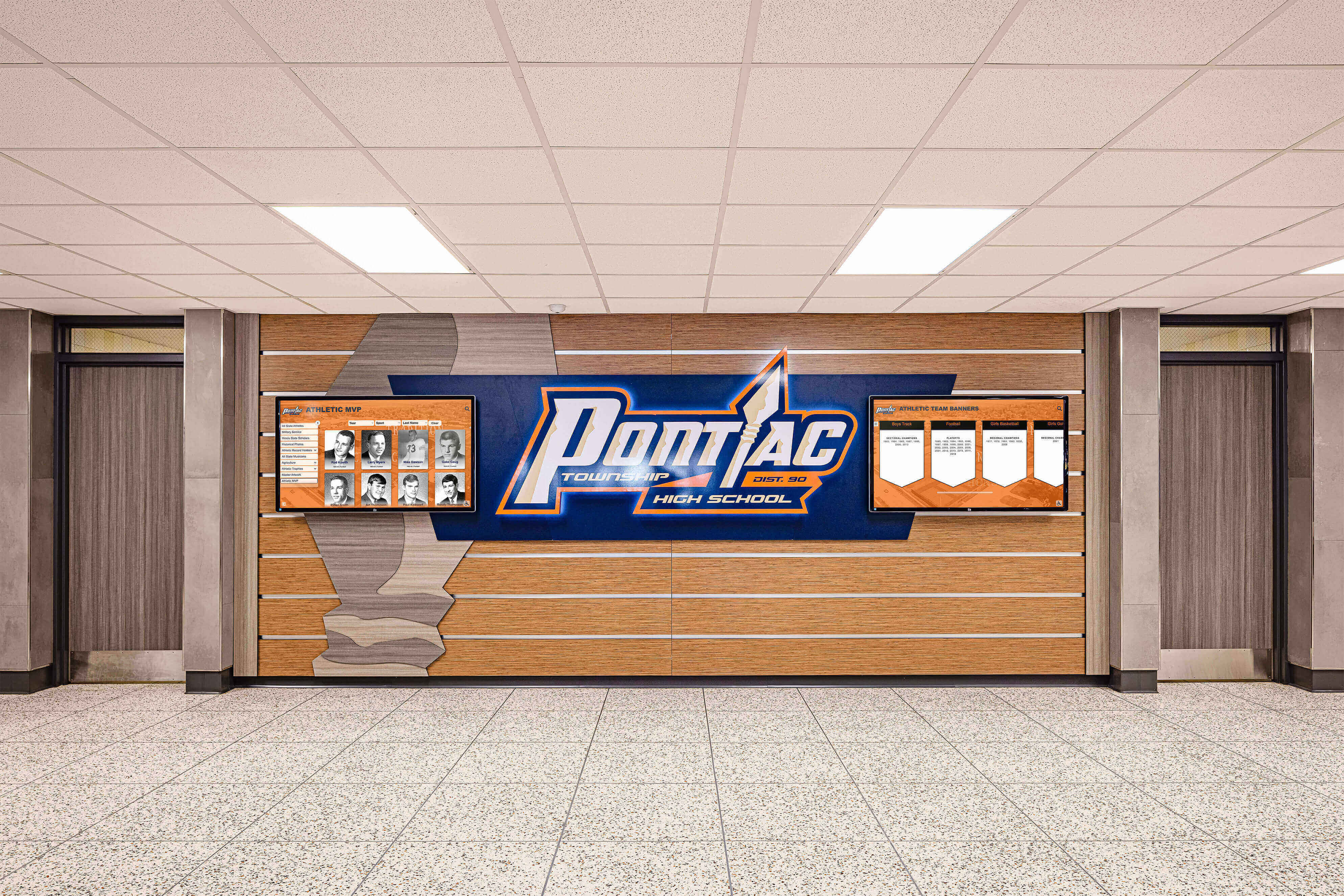
Arts and Creative Achievement Recognition
Creative excellence across visual arts, performing arts, and creative writing deserves celebration equal to academic and athletic accomplishment, honoring the diverse talents that enrich school communities.
Visual and Performing Arts Excellence
Honor artistic talent through student art exhibitions with opening receptions celebrating visual artists, competition award winners at regional, state, or national levels, student artwork acquisition for permanent school collection validating artistic merit, theater production recognition for cast, crew, and production teams, musical performance soloists and ensemble members, dance recital participants and choreographers, district and state festival qualifiers demonstrating competitive excellence, and technical theater excellence in lighting, sound, stage design, and production management supporting performing arts.
Creative Writing and Literary Achievement
Acknowledge literary talent through writing contest winners and publication in magazines or anthologies, literary magazine editors and contributors, journalism excellence in school newspapers and media, poetry competition honorees, and creative portfolio development recognizing sustained creative production across multiple works and genres.
Leadership, Service, and Character Recognition
Personal qualities and contributions that strengthen communities deserve prominent acknowledgment alongside measurable achievement, honoring the character development that represents education’s broader purpose.
Leadership Recognition
Honor student leaders through student of the month programs celebrating well-rounded excellence across multiple dimensions, student government officers and class representatives, club presidents and organization leaders, peer mentors and tutors helping classmates succeed, student ambassadors representing schools to visitors and community, and leadership development program graduates demonstrating growth in leadership capacities.
Service and Citizenship
Celebrate community contribution through community service hour milestones documenting sustained volunteer commitment, service project leadership recognition, character education award recipients exemplifying institutional values, peer conflict mediators and peacemakers, environmental stewardship initiatives and sustainability leadership, and citizenship awards honoring positive contributions to school culture and community.
Creating Inclusive Recognition Systems That Reach All Students
Effective recognition ensures all students—regardless of background, ability, or circumstance—experience appropriate acknowledgment for their genuine efforts and accomplishments, preventing recognition from concentrating on narrow student groups.
Multiple Recognition Pathways
Diverse students excel in different ways, and comprehensive recognition honors various achievement types rather than privileging narrow definitions of success that inherently favor particular student populations.
Academic Diversity Recognition
Beyond traditional grades and test scores, recognize intellectual engagement through curiosity and question-asking behaviors, creative problem-solving approaches to challenges, collaborative learning contributions that support peer success, research and inquiry project depth demonstrating sustained investigation, and critical thinking demonstration in discussions and work products showing analytical growth.
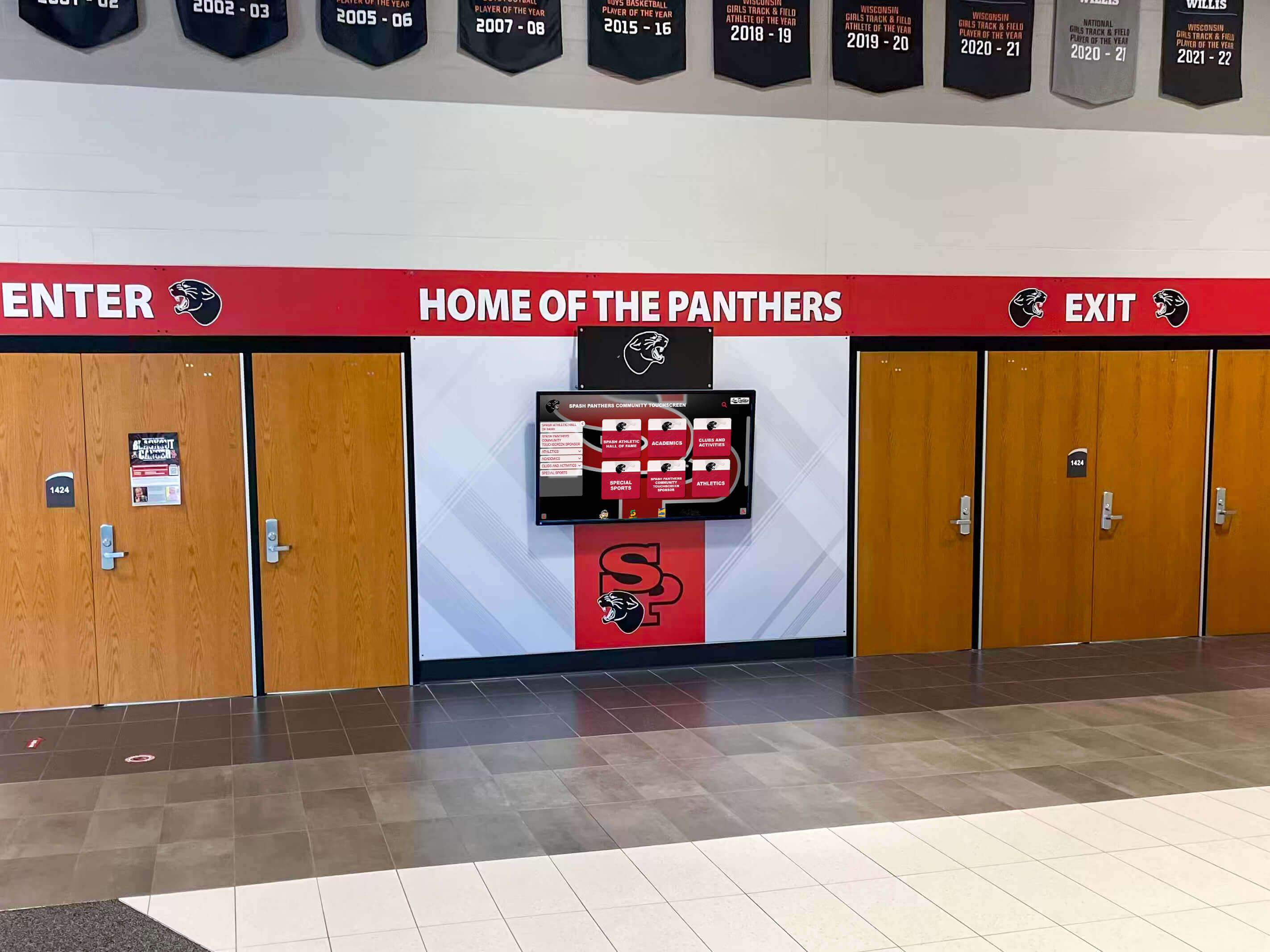
Non-Competitive Achievement
Not all accomplishments involve competition with peers, and recognition should celebrate individual growth milestones showing personal development, skill mastery demonstrations regardless of comparative rankings, creative project completion reflecting sustained effort, participation and commitment showing dedication to activities, and personal goal achievement demonstrating students setting and pursuing objectives even without external competition structures.
Behind-the-Scenes Contributions
Many students contribute significantly in less visible roles deserving acknowledgment: stage crew supporting theatrical productions without performing spotlight roles, team managers supporting athletic programs through organization and logistics, library assistants supporting school resources and learning environments, technology helpers maintaining systems and supporting digital initiatives, and office assistants providing crucial administrative support. These contributions deserve recognition equal to more visible roles.
Equitable Recognition Distribution
Monitoring recognition patterns ensures acknowledgment reaches all student populations rather than concentrating on narrow groups, promoting genuine inclusivity beyond aspirational statements.
Demographic Balance Tracking
Systematically monitor whether recognition reaches students across gender identities ensuring balanced representation, racial and ethnic backgrounds reflecting student body diversity, socioeconomic circumstances preventing recognition from favoring advantaged students, ability levels and special education status ensuring students of all abilities receive acknowledgment, English language learner populations who may face recognition barriers, and grade levels ensuring representation throughout school rather than concentration in upper grades.
Proactive Outreach
Don’t rely solely on nominations from typical sources—actively seek deserving students through consultation with diverse staff members seeing students in various contexts and environments, partnership with counselors aware of student circumstances and challenges that may obscure achievements, connection with community organizations knowing student contributions outside school walls, student self-nomination opportunities encouraging self-advocacy, and targeted recognition campaigns celebrating specific underrepresented achievement types or populations.
Implementation Frameworks for Sustainable Recognition Programs
Moving from concept to operational recognition programs requires systematic approaches addressing planning, stakeholder engagement, technology selection, content development, and sustainable operations.
Recognition Program Planning Process
Strategic planning ensures recognition aligns with institutional goals while meeting stakeholder needs across school communities.
Assessment and Goal Setting
Begin by evaluating current recognition systems identifying gaps, surveying stakeholders about recognition priorities and preferences gathering diverse input, defining recognition philosophy and institutional values to honor through celebration, establishing clear goals and success metrics enabling evaluation, and developing preliminary budgets and resource requirements ensuring implementation feasibility.
Stakeholder Committee Formation
Form planning committees representing athletic directors and coaches providing sports expertise, academic leadership including counselors and department heads, fine arts staff ensuring arts representation, activities and service coordinators, alumni relations staff connecting recognition to advancement, student representatives ensuring student voice, and technology and facilities staff addressing implementation logistics.
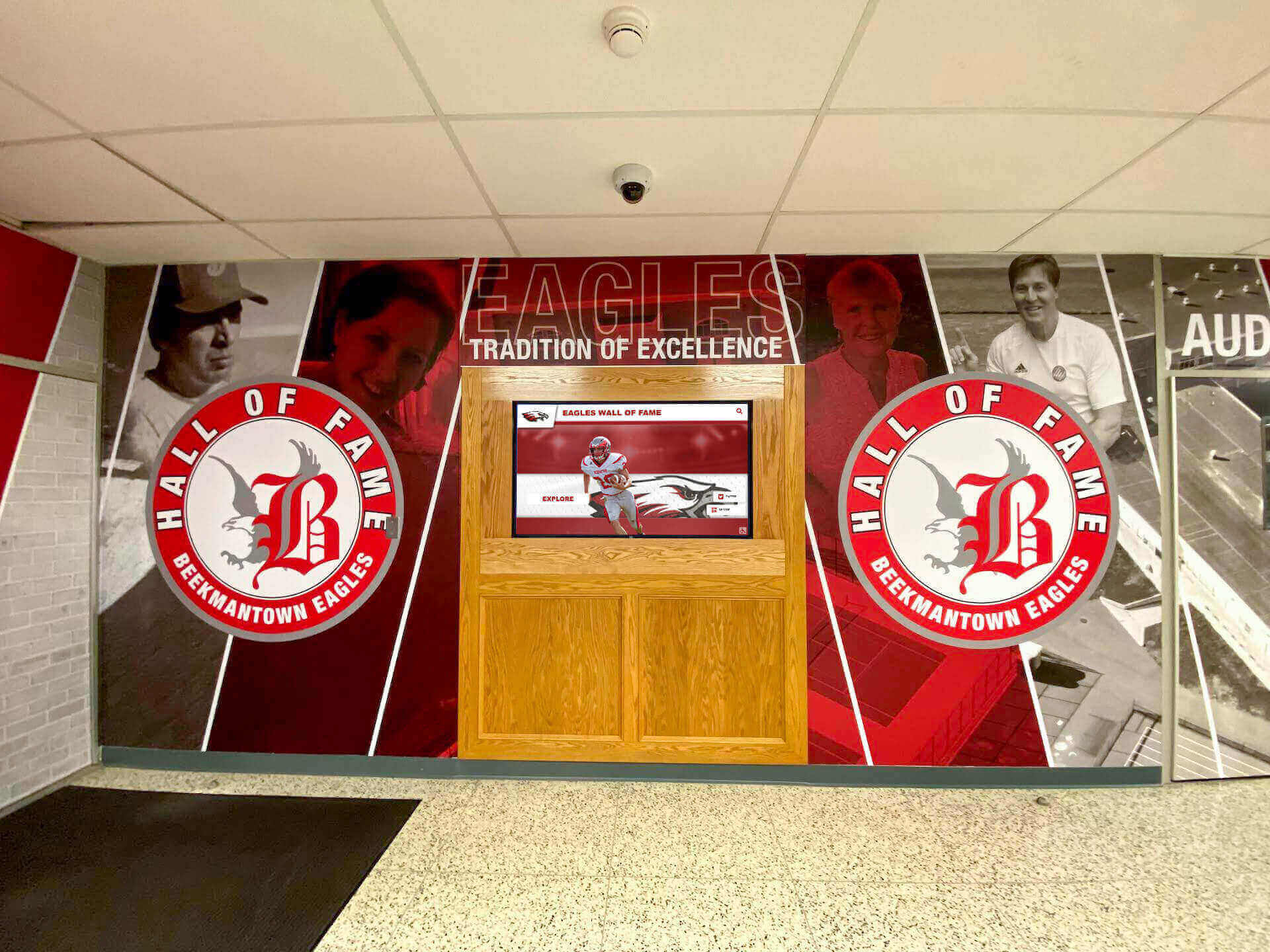
Technology Platform Selection and Implementation
Schools implementing digital recognition should evaluate platforms carefully ensuring alignment with needs, capabilities, and long-term sustainability.
Essential Platform Capabilities
Comprehensive recognition systems should offer intuitive content management requiring no technical expertise enabling widespread staff participation, flexible display options accommodating various achievement types and content formats, search and navigation enabling easy discovery by students and visitors, multimedia support for rich storytelling through photos, video, and comprehensive profiles, analytics and reporting demonstrating program value through engagement data, mobile accessibility extending reach beyond physical installations, and integration capabilities connecting with student information systems when available.
Solutions like Rocket Alumni Solutions provide purpose-built recognition platforms designed specifically for schools, offering functionality that generic digital signage cannot match while providing dedicated support ensuring long-term success and continuous platform evolution.
Implementation Support Requirements
Evaluate vendor support including comprehensive training for administrators and staff ensuring capability to manage systems effectively, technical support with responsive assistance when issues arise, regular software updates adding features and improvements maintaining platform currency, content development assistance helping launch programs strongly with quality initial content, hardware maintenance services for physical display components, and long-term partnership approaches viewing implementation as beginning rather than end of vendor relationship.
Measuring Recognition Program Effectiveness and Impact
Systematic assessment ensures recognition programs achieve intended purposes while identifying improvement opportunities, demonstrating value to stakeholders and guiding continuous refinement.
Quantitative Success Metrics
Data-driven evaluation provides objective measures of recognition reach and impact unavailable through anecdotal observation alone.
Participation and Reach Metrics
Track total students recognized annually and percentage of student body receiving acknowledgment showing program breadth, recognition distribution across achievement categories revealing balance, demographic representation ensuring equitable reach across populations, recognition frequency and consistency throughout years maintaining sustained visibility, and repeat recognition identifying students earning multiple honors showing sustained excellence.
Engagement Metrics
For digital recognition systems, measure total views and interactions with recognition content showing usage levels, unique visitors versus returning users revealing sustained interest patterns, average session duration indicating engagement depth beyond brief glances, search patterns revealing student interests and discovery behaviors, social sharing frequency and reach amplifying recognition beyond initial displays, and content popularity identifying most engaging achievement types and storytelling approaches.
Qualitative Impact Assessment
Beyond numbers, qualitative evidence reveals recognition’s true effects on students, families, and communities through stakeholder perspectives.
Stakeholder Feedback
Gather perspectives through student surveys about recognition fairness, meaningfulness, and motivational impact on their behavior and goals; family feedback about appreciation for recognition and communication effectiveness reaching parents; staff input on program sustainability, improvement opportunities, and observed impact on students; and recognized student interviews exploring their personal experiences with acknowledgment and how recognition influenced their continued engagement.
Cultural Indicators
Observe broader school culture effects including student pride and engagement indicators showing connection to school, peer celebration dynamics and supportive climates rather than destructive competition, family involvement in school activities and events showing community engagement, community perception of school excellence and institutional reputation, and prospective student interest during recruitment activities suggesting recognition’s influence on school selection.
Conclusion: Building Recognition Cultures That Inspire Excellence
Showcasing student achievement effectively extends far beyond token acknowledgment or obligatory ceremonies. Truly impactful recognition creates cultures where achievement matters across diverse domains, effort receives validation from peers and adults, diverse talents find celebration regardless of traditional hierarchies, all students feel valued for their genuine contributions and growth, families engage in celebrating student success, and communities take pride in student accomplishments. When thoughtfully designed recognition combines multiple strategies—traditional ceremonies and modern technology, physical displays and digital platforms, public celebration and private acknowledgment—schools transform how they honor students while profoundly influencing motivation, engagement, and the development of confident, accomplished individuals.
Schools investing strategically in comprehensive recognition reap substantial benefits: improved student motivation and academic outcomes showing recognition’s influence on achievement, stronger school culture and community pride creating positive environments, enhanced family engagement and satisfaction building supportive partnerships, increased program participation across activities as recognition inspires involvement, better recruitment and retention attracting families to schools, more engaged alumni networks connecting graduates to institutions, and most importantly, students who experience genuine belonging and recognition during formative years that shape lifelong confidence and achievement orientation.
Core Principles for Recognition Success:
- Recognize diverse achievement types ensuring all students see pathways to acknowledgment
- Implement both traditional and innovative approaches leveraging proven methods and modern technology
- Maintain timeliness delivering recognition close to achievement moments when impact is greatest
- Ensure specificity providing detailed acknowledgment rather than generic praise
- Create visibility making recognition impossible to miss through strategic placement and promotion
- Sustain consistency maintaining programs across time rather than sporadic implementation
- Monitor equity ensuring recognition reaches all student populations fairly
- Measure effectiveness tracking recognition impact and continuously improving based on evidence
- Involve students empowering youth voice and leadership in recognition systems
- Commit long-term viewing recognition as ongoing cultural priority rather than temporary initiative
Ready to transform how your school showcases student achievement? Modern recognition solutions like Rocket Alumni Solutions provide comprehensive digital platforms combining unlimited recognition capacity, engaging multimedia storytelling, intuitive management, and dedicated support helping schools create recognition cultures that genuinely celebrate every achievement while inspiring continued excellence across all domains.




































